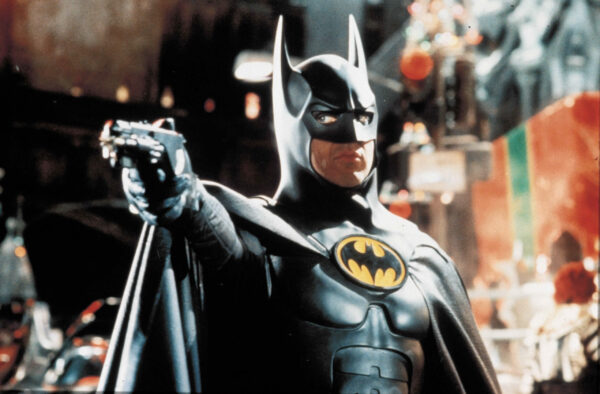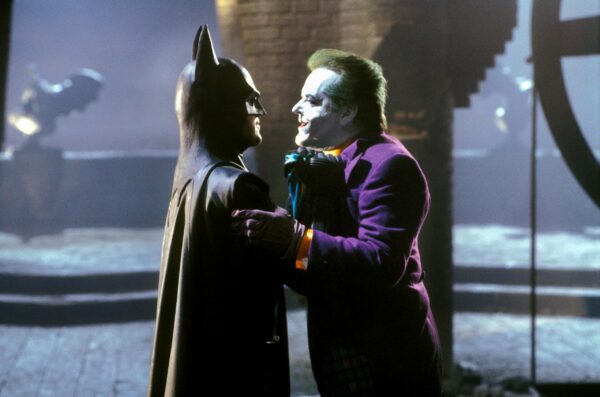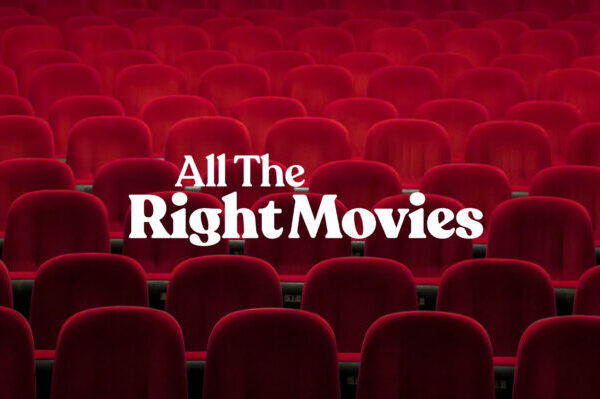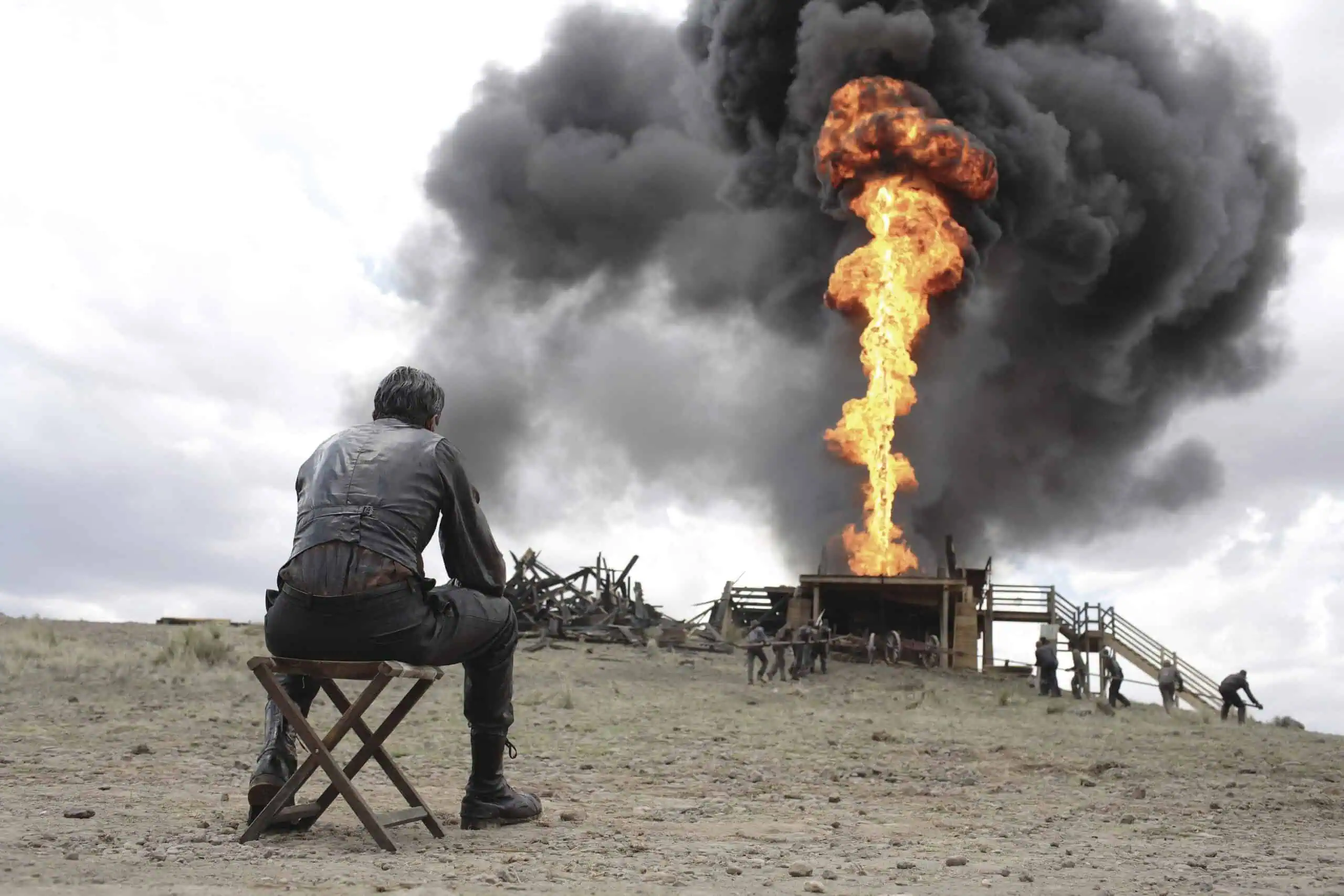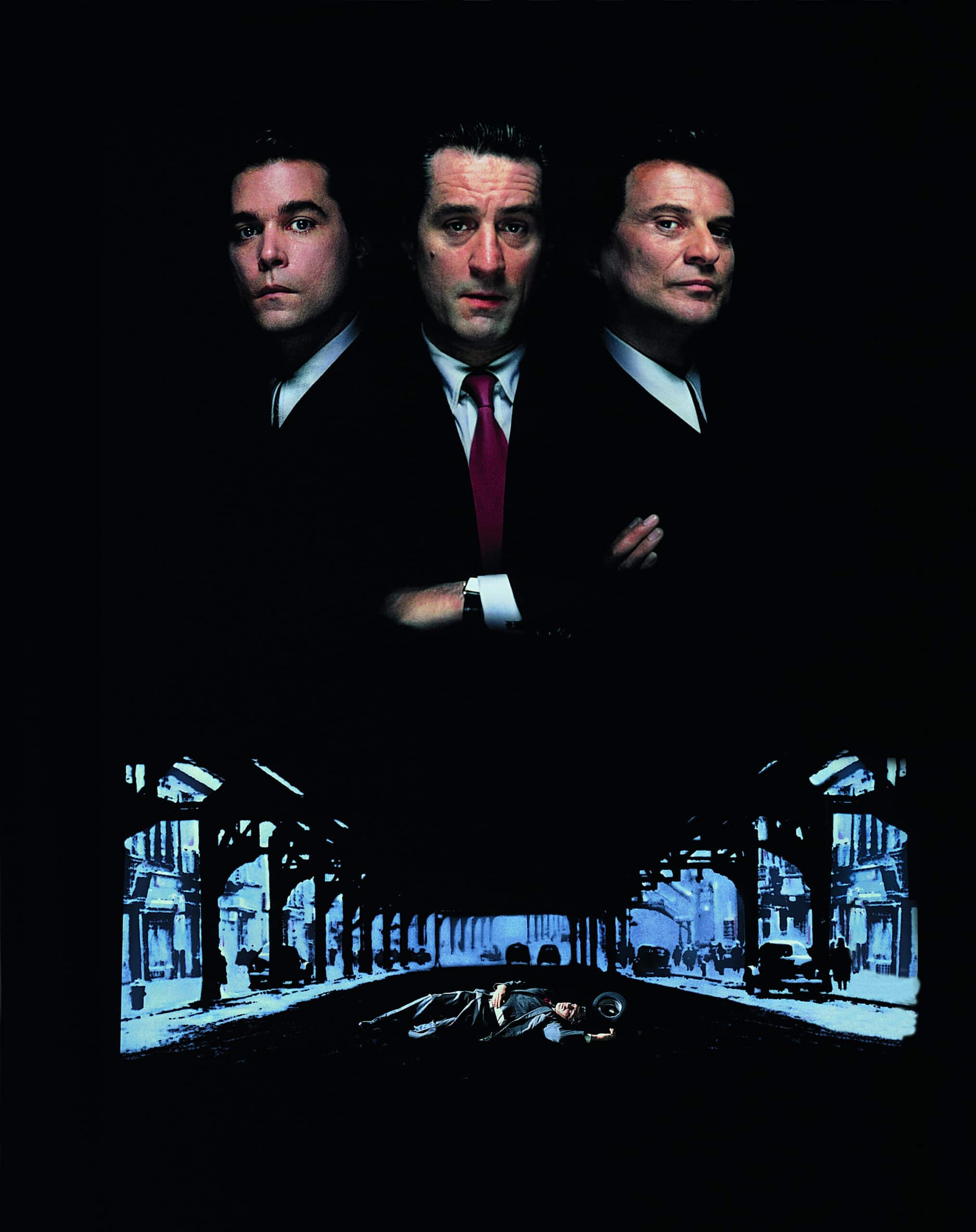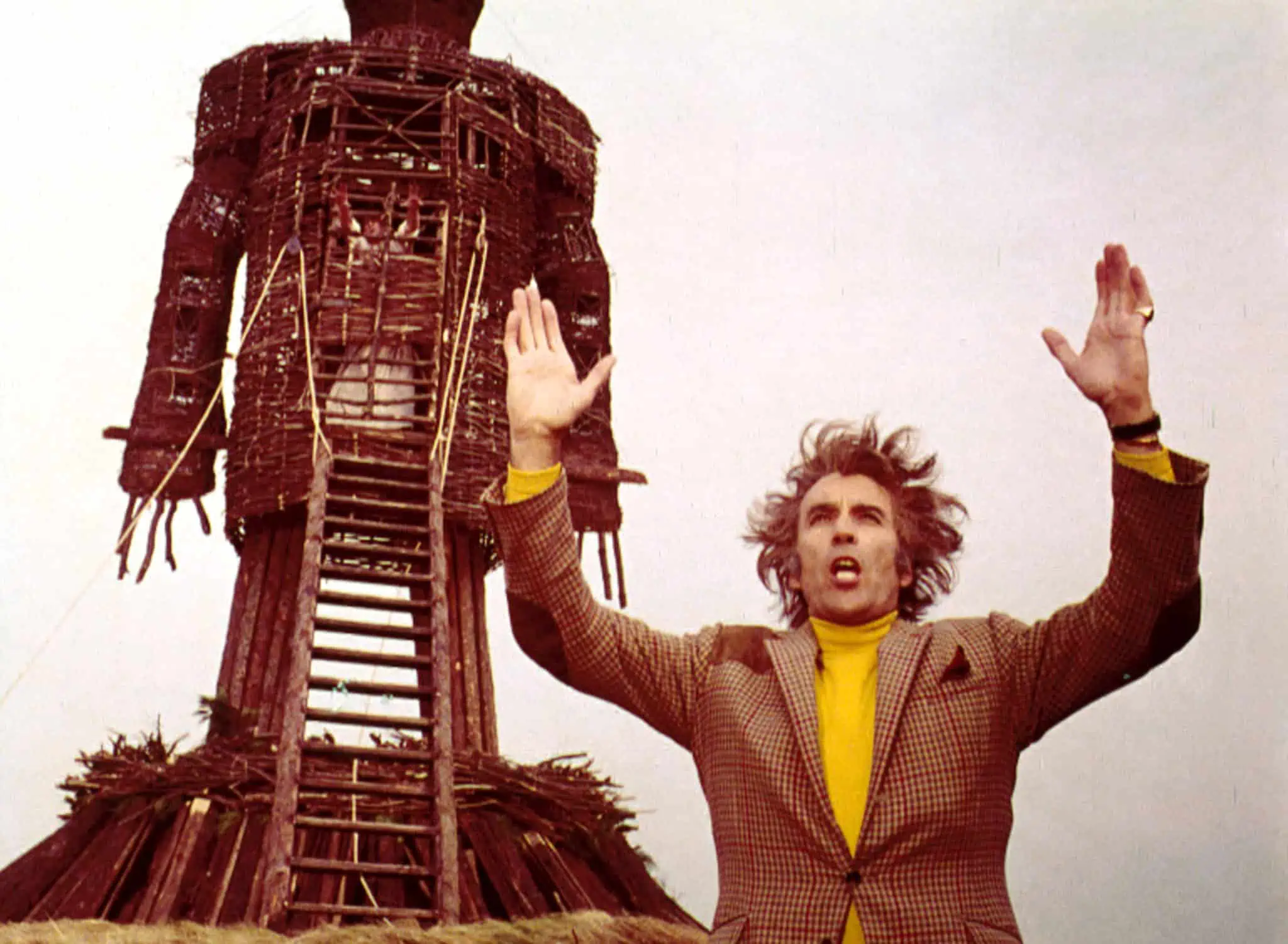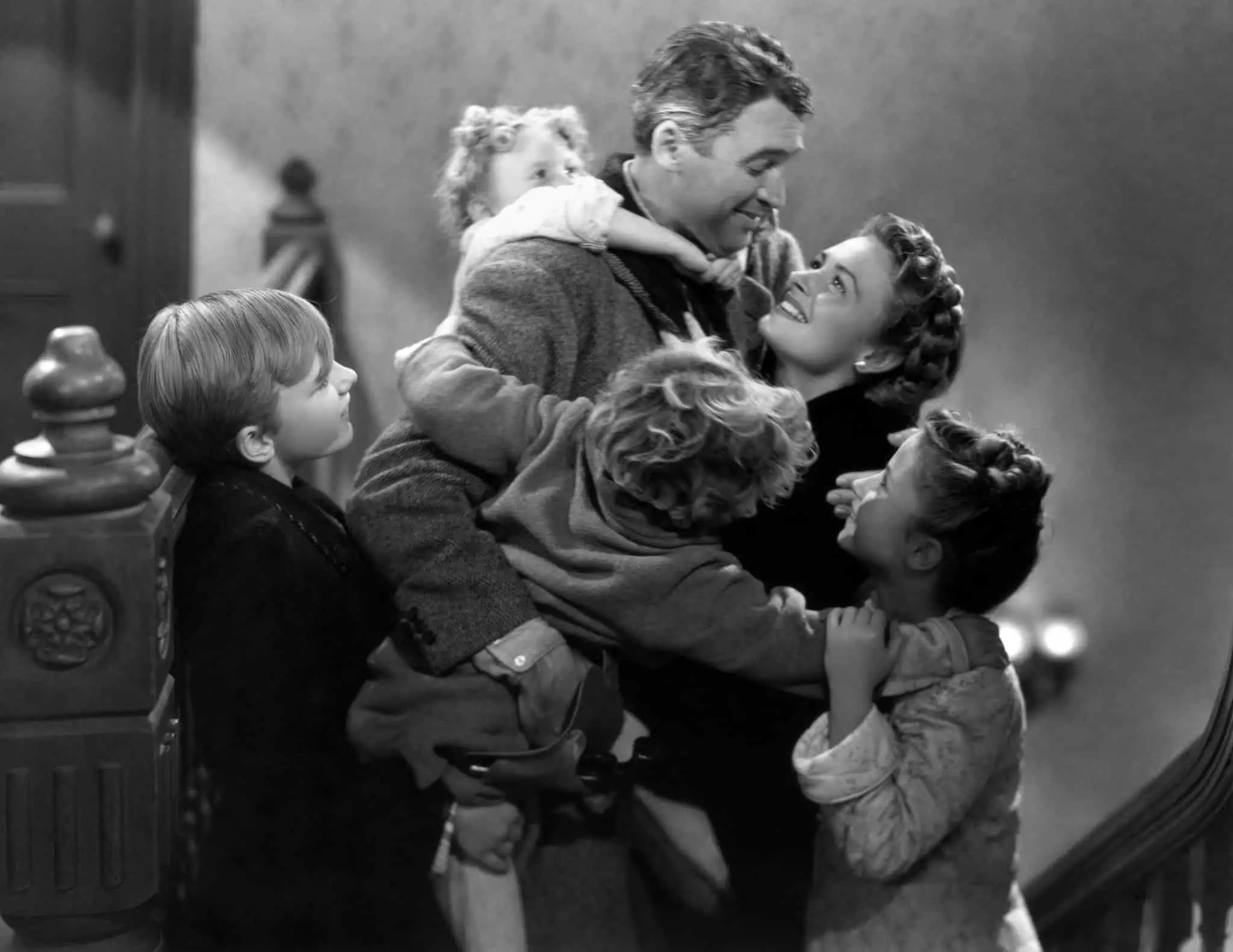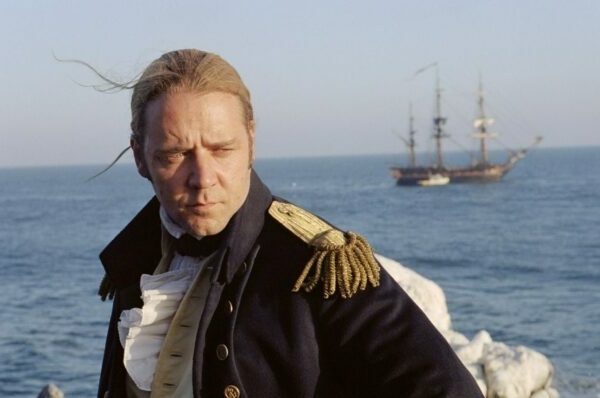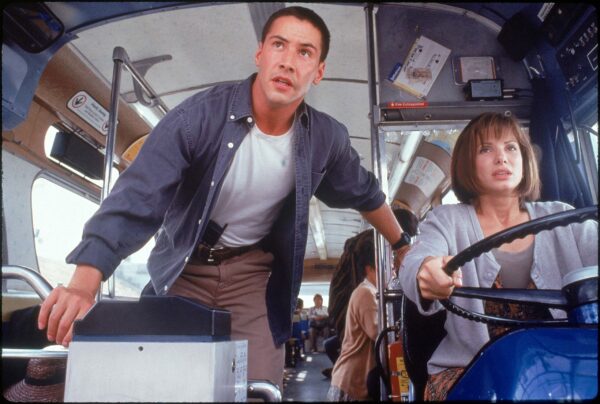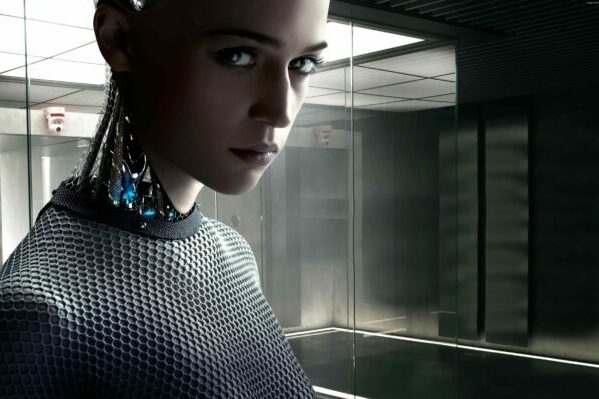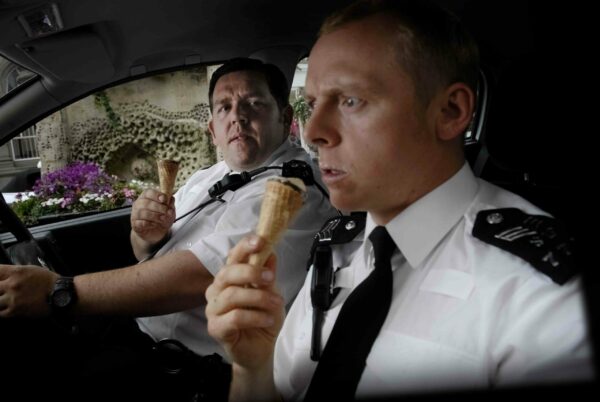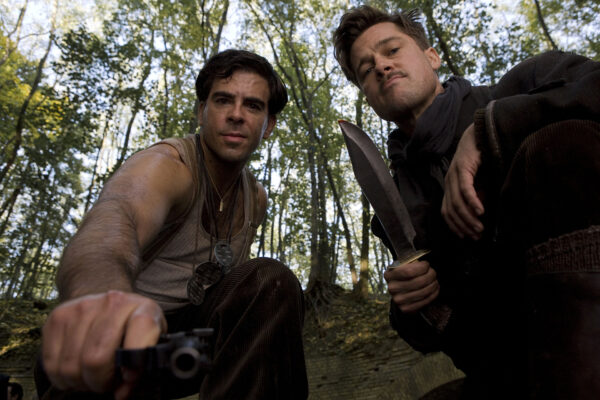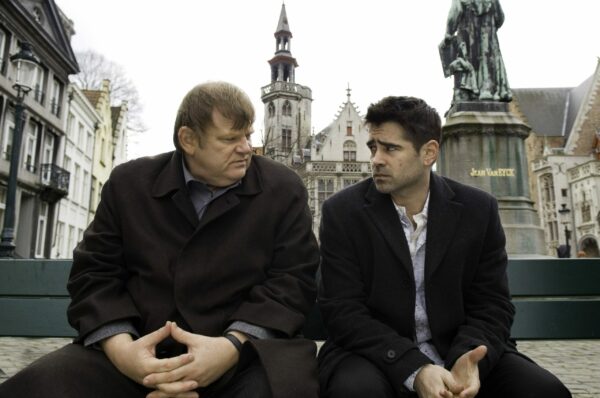
One of Scorsese’s lesser-known movies, After Hours is a hidden gem. On the 35th anniversary of its release, Bianca Garner is here to tell us why it’s a movie worth everyone’s time.
After Hours isn’t the first film that springs to mind when you hear the name ‘Martin Scorsese’. Sandwiched in-between The King of Comedy (1982) and The Color of Money (1986), on first glance After Hours doesn’t exactly contain the hallmarks of a traditional Scorsese picture. No Italian mobsters, no graphic violence, and no individuals suffering from a religious/philosophical existential crisis here. However, on closer inspection, it’s apparent that After Hours is unmistakeably Scorsese, depicting a nightmarish vision of the city that never sleeps, a neon jungle where ordinary laws and regulations don’t apply. Released in 1985, After Hours is a deliciously dark comedy that features an excellent central performance from Griffin Dunne (perhaps best known for his role as affable-American-turned-zombie Jack Goodman in An American Werewolf in London, 1981), and a sharp, witty screenplay which has stood the test of time.
More importantly, this is the film that helped Scorsese’s career stay afloat and led to him finally making one of his most passionate projects. If it hadn’t been for the likes of After Hours we may have not ended up with other great Scorsese works The Last Temptation of Christ (1988) and Goodfellas (1990) so, even if you’re not a fan of his eighties output, we should appreciate Scorsese’s moderate success during a decade some of his New Hollywood peers’ flames burned out. (Filmmakers like Hal Ashby, who suffered one commercial flop after another).
After Hours remains one of the most underappreciated and underrated films of Scorsese’s extraordinary filmography.
When we analyze After Hours, we can see the film is actually quite personal to Scorsese and understand what attracted him to this project. After fighting with Paramount Pictures to get The Last Temptation of Christ off the ground, and the commercial failure of The King of Comedy, Scorsese could probably relate to Griffin Dunne’s Paul Hackett, appearing doomed to roam the streets of Soho, unable to catch a break and complete his ‘mission’ of returning home. In Scorsese’s own words, “I thought [After Hours] was a whole metaphor for the way we are living and for what I went through in L.A. trying to get The Last Temptation made. I just had a ball with it, because it meant so much to me. I asked myself, ‘Can I make a picture with the same energy I had when I was 32?’ And I did.”
Originally titled Lies, the script had been penned by 26-year-old screenwriter Joseph Minion, and was written as part of an assignment for his film course at Columbia University. Scorsese’s lawyer lawyer Jay Julien passed on the screenplay to him, and also put him in contact with Griffin Dunne and producer Amy Robinson. After Hours is also perhaps one of Scorsese’s funniest movies, and that’s coming from Scorsese himself. He’s stated: “I like that movie a lot. It’s the only movie of mine that I can watch over and over again. It’s so funny to me.” However, he wasn’t the first director attached to the project. In fact, it was Tim Burton who was originally lined up to direct the film, but when he heard Scorsese was interested in directing, he withdrew his interest out of respect for the more established director.
The original theatrical trailer for Scorsese’s underrated gem, After Hours.
The plot of After Hours is best described as belonging to the ‘yuppie nightmare cycle’ genre, a subgenre of films which came about in the ’80s. Coined by author Leighton Grist, the “yuppie nightmare cycle” usually follows a white male young urban professional (a ‘yuppie’) who is pulled into a hidden nightmarish world, usually lured in by a femme fatale. Films such as After Hours, Something Wild (1986), and Into The Night (1985) have a plot that combines tropes from the 1940s screwball comedy and classic film noir with, ‘the wrong man’ becoming hunted for a crime that he didn’t commit.
In After Hours, Dunne plays Paul Hackett, a computer data entry worker who hates his job. One evening, he happens to be at a local diner where he encounters the beautiful Marcy Franklin (Rosanna Arquette) who tells him that she is living with a sculptor named Kiki Bridges (Linda Fiorentino), and leaves him her number. Paul decides to test his luck and head-on over to Kiki’s apartment under the pretense of buying a paperweight (she apparently makes paperweights that resemble cream cheese bagels. It is New York, after all). However, during the cab ride, his $20 bill is blown out of the window. That’s only the beginning of his problems, and soon Paul finds himself on the run from a vigilante mob hellbent on revenge after mistaking him for a burglar terrorizing the neighbourhood.
What makes After Hours so compelling, despite it’s relatively thin plot, is Scorsese’s collaborative efforts with long time editor Thelma Schoonmaker and cinematographer Michael Ballhaus. Schoonmaker had the tremendous task of trimming the film’s runtime down from two and a half hours, to a lean 97 minutes and it’s through her rapid, fast-paced editing that our adrenaline keeps pumping. Ballhaus manages to capture a seedier, darker side to New York City, a snapshot of a time where the city had a notorious reputation for high levels of crime and muder. Unlike the character of Travis Bickle in Scorsese’s Taxi Driver (1976), Paul Hackett doesn’t belong in this world. No one ‘gets’ NYC quite like Martin Scorsese, he isn’t interested in showing the glitz and the glam of the city, but wants to reveal, and revel in, its dangerous underbelly. It’s this desire to show us the real side to New York, that pulls us into the world of and, much like Paul Hackett, we are unable to escape it.
Upon its release, After Hours only grossed $10.1 million in the United States. Reviews for the film were mixed with Roger Ebert giving it four stars, and stating in his review that, “After Hours approaches the notion of pure filmmaking; it’s a nearly flawless example of — itself,” and he declared it as one of the year’s best films. However, not every critic was a fan. New York Times critic Vincent Canby stated in his review, “the film’s atmosphere seems second-hand, and even a little out of date.” Canby also described the film as leaving the viewer feeling, “conned,” and that, “There is no satisfying resolution to the tension.”
Despite the mixed reviews, Scorsese did go on to win the Best Director Award at the 1986 Cannes Film Festival for the film. After Hours also allowed him to take a hiatus from the tumultuous development of The Last Temptation of Christ, where financial and production issues were causing the director all kinds of mental stress, and gave him a much-needed boost of confidence.After Hours remains one of the most underappreciated and underrated films of Scorsese’s extraordinary filmography. If you haven’t had chance to check it out, then now is the perfect time to do so, you won’t be disappointed!


